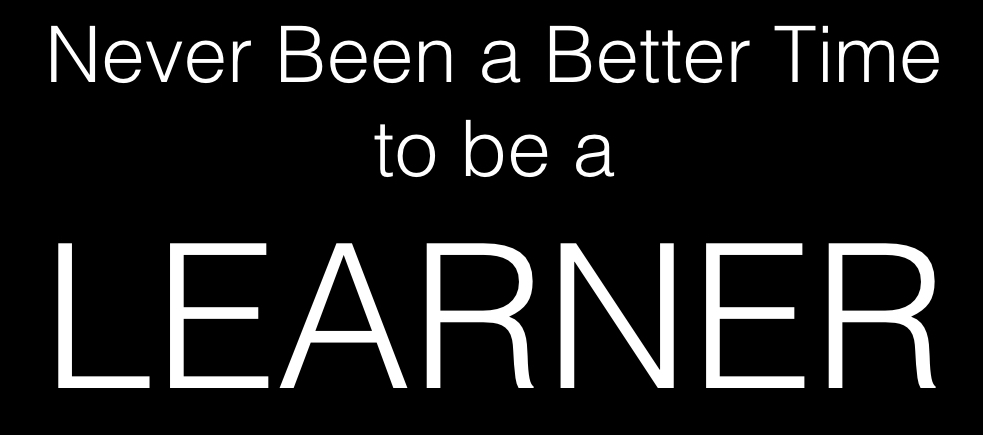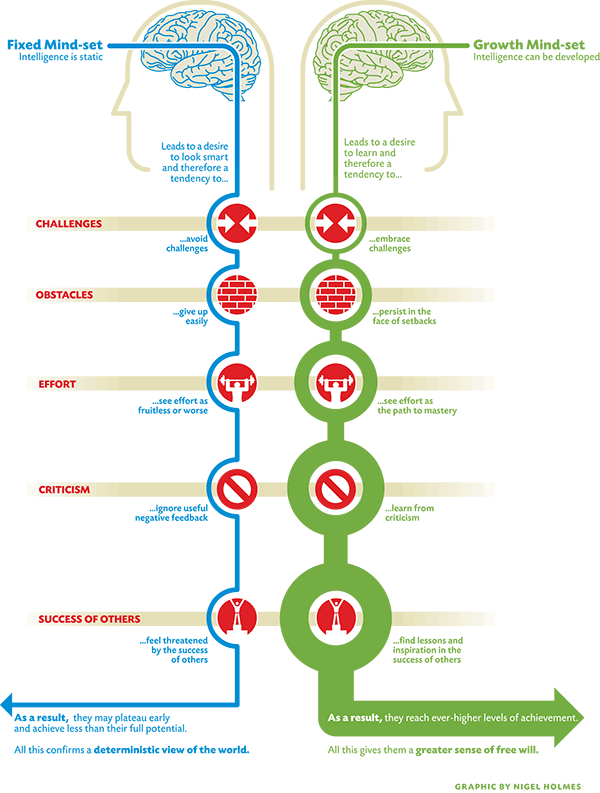
We live in an amazing time. The advancement of technology and innovation is moving at an unprecedented pace and we are starting to see some pivotal changes. For example, the World Economic Forum (WEC) estimated that in 2016 more than 30 countries electricity production from solar panels has reached grid parity with coal and natural gas (Bleich & Guimaraes, 2016). The WEC report also pointed to technological advances and falling costs in batteries and storage technology to the point where expanded production and use of electric vehicles is expected in the near future. We have reached an inflection point with renewable-energy cost-effectiveness and future advances will rapidly accelerate. Another example of amazing life changing advances comes from research at the University of Minnesota. Researchers at the University’s College of Science and Engineering developed a noninvasive brain-computer interface (BCI) using electroencephalography (EEG) that allows people to control a robotic arm in three dimensions, using only their minds (Meng et al., 2016). This research reveals the viability of controlling prosthetic limbs using only one’s mind which has the potential to help millions of people. Scientist are making amazing progress with this breakthrough technology and we may soon see the restoration of movement for those inhibited with spinal cord injuries (Regalado, 2017)
Another way we are seeing millions of people’s lives being changed is through connectivity. Diamandis (2016), a futurist, points to the wiring of the planet as one of the four primary driving forces that will transform our planet. He believes that we are less than a decade from every person having multi-megabit connectivity to the world’s information. Countries like Canada have recently declared high-speed internet an essential service so we are beginning to see a major commitment to these ideals (Kupfer, 2016). Fortunately, like most people in urban North America, I do not have to wait for this connectivity and have access to all the world’s information in the palm of my hand; therefore, I can easily state that it has never been a better time to be a learner.
I do need to qualify my optimism for learning by sharing that I have been proclaiming that it has never been a better time to be a learner since the early 1990s. As an undergraduate student in the late 1980s and graduate student in early 1990s, I had been using bulletin board systems (BBS) and campus mainframes through programs like Kermit and Telnet as well as campus-wide information systems (CWIS) through Gopher and Archie. When the first world wide web (WWW) browser, Mosaic, came out in November of 1993 and then Netscape was released in October of 1994, I knew that the world was rapidly changing and I could see that we were on the cusp of making all the world’s information easily and readily available. In the fall of 1995 when I created my first online course, I encouraged my students to embrace the belief that it has never been a better time to be a learner.
Seeing the rapid growth of internet connectivity from the late 1980s to mid-90s, I assumed that by the late 1990s or early 2000s that our education systems would rapidly move online and we would see a radical transformation in the way that we used technology to enhance learning. By the late 1990s, I had been teaching fully online for several years and developed several online courses, conducted workshops, professional development sessions, and shared my online teaching and learning insights through articles and conferences. However, I started to see that most of my colleagues were not as quick as I was to move to teaching online.
In my doctoral research, I developed Inquisitivism, which is an approach to designing and delivering web-based instruction. This approach shares many of the same active learning principles found in minimalism and other constructivist approaches. I believed that if you created an environment where you used active learning principles like guided discovery, collaboration, and real-world assignments you could help adult learners deal with the fear of technology and change, and encouraged them to use of the Inquisitivist mindset of “HHHMMM??? What does this button do?” moving to online learning would be much easier (Harapnuik, 2004).
By the early 2000s when I completed my graduate studies, I started to see that the move to using technology to enhance the learning environment and the move to online learning was not going as quickly as I hoped, so I started to look for reasons why the uptake was so slow. Even though I lived in Canada, one of the most connected countries in the world, in the early 2000s I realized that the notion that “all the time and anywhere connectivity” really was not the norm for most people. Despite the fact that I had been using a BlackBerry since 1999 most people viewed connectivity to the world wide web or the internet as more of a challenge than a convenience. By the early to mid-2000s, I realized that we needed a simple, convenient, and mobile way to access the internet if we wanted to see a major shift in the way we were using technology to enhance learning. This idea might enable more people to move to online learning. So, when Apple released the first iPhone in mid-2007 and then the iPhone 3G in the fall of 2008, I knew that mobile learning was going to change everything, and once again, I optimistically believed that it was the most amazing time to be a learner.
It has been over 10 years since Apple introduced the iPhone that really put the mobile into mobile learning and since that time Google’s Android has outpaced the iPhone to really make mobile computing ubiquitous. In the past decade, the growth of Apps on both the IOS and Android platform have enabled mobile phone and tablet users to switch between, Kindle, Audible, Evernote, DropBox, Google Drive, Google & Apple Maps and SOOOO many other apps on all types of mobile devices. With the growth of the cloud and Google Drive and some many other cloud-based services, one can hardly imagine why we relied on digital media like CD and DVD drives a mere decade ago. I am writing this post on my MacBook air but am also looking at books and articles on my iPad all the while I am getting text message and twitter feeds on my iPhone. I can’t recall the last time I actually purchased a paper-based book. It doesn’t make sense to purchase a hard copy when you can carry your entire library on your iPad. I have always been a big reader but I have been reading and listening to more books than I ever have. When you factor in all the digital journals that are now accessible online and the significant move toward open sources journals and the power of Google Scholar research has never been easier. When you factor in the convenience of listening to podcasts on every imaginable topic and watching videos on YouTube by some of the most renowned experts in the world I think I can once again say that there has never been a better time to be a learner.
References
Bleich, K., & Guimaraes, R. D. (2016). World Economic Forum renewable infrastructure investment handbook: A guide for institutional investors. Retrieved from http://www3.weforum.org/docs/WEF_Renewable_Infrastructure_Investment_Handbo ok.pdf
Diamandis, P. (2016, December). Tech Blog [Web log post]. Retrieved from http://www.diamandis.com/blog/transformation-of-humanity
Gartner. (2017). Hype Cycle Research Methodology | Gartner Inc. Retrieved from http://www.gartner.com/technology/research/methodologies/hype-cycle.jsp
Kupfer, M. (2016, December 22). Canada’s telecom regulator declares broadband internet access a basic service. CBC News. Retrieved from http://www.cbc.ca/news/politics/crtc-internet-essential-service-1.3906664
Meng, J., Zhang, S., Bekyo, A., Olsoe, J., Baxter, B., & He, B. (2016). Noninvasive electroencephalogram based control of a robotic arm for reach and grasp tasks. Scientific Reports, (6)38565, 1-15. https://doi.org/10.1038/srep38565
Regalado, A. (2017) Reversing paralysis. MIT Technology Review. Retrieved from https://www.technologyreview.com/lists/technologies/2017/
U.S. Department of Education, Institute of Education Sciences. (2007). Effectiveness of reading and mathematics software products findings from the first student cohort (Report p. 140). Retrieved from https://ies.ed.gov/ncee/pdf/20074005.pdf
































